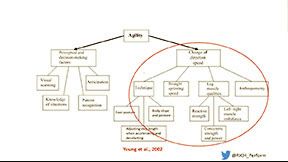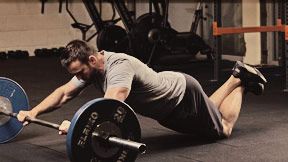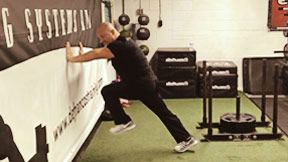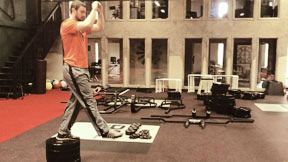


Vast online library of videos, articles, podcasts, streamed presentations and eLearning modules
This article critically evaluates the traditional technical model for execution of a movement using step-by-step descriptions of the body’s movements and positions during different phases.














